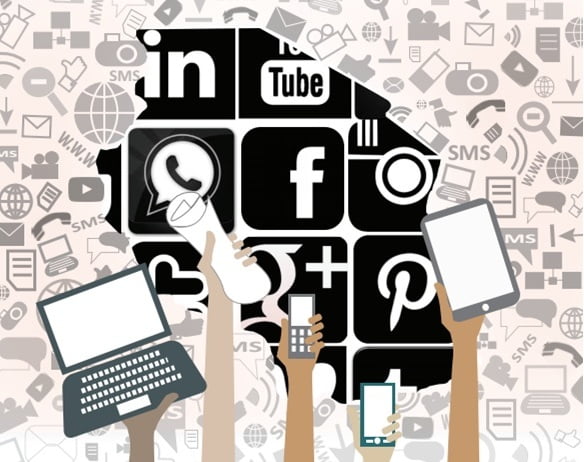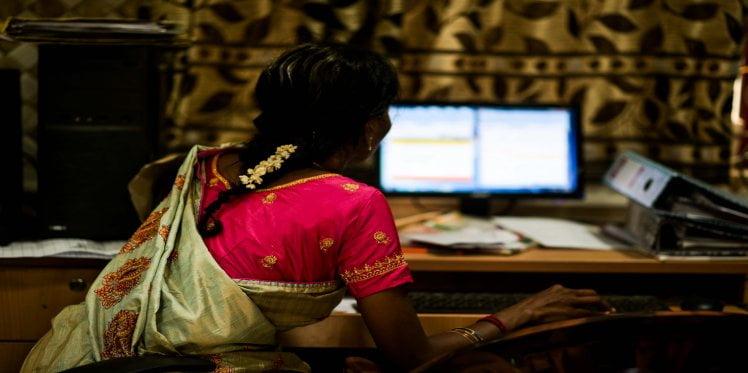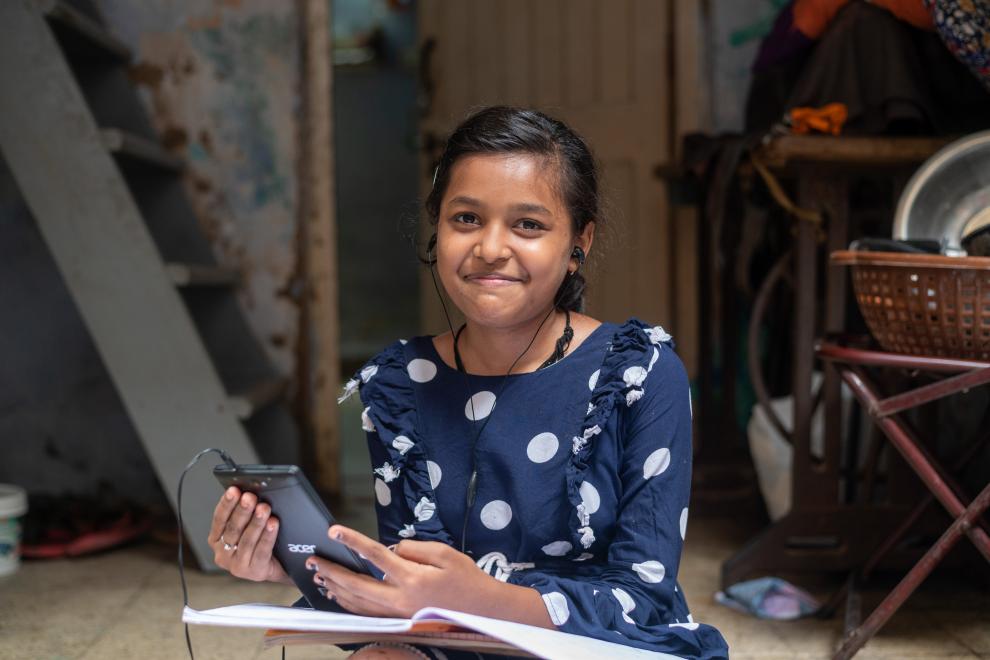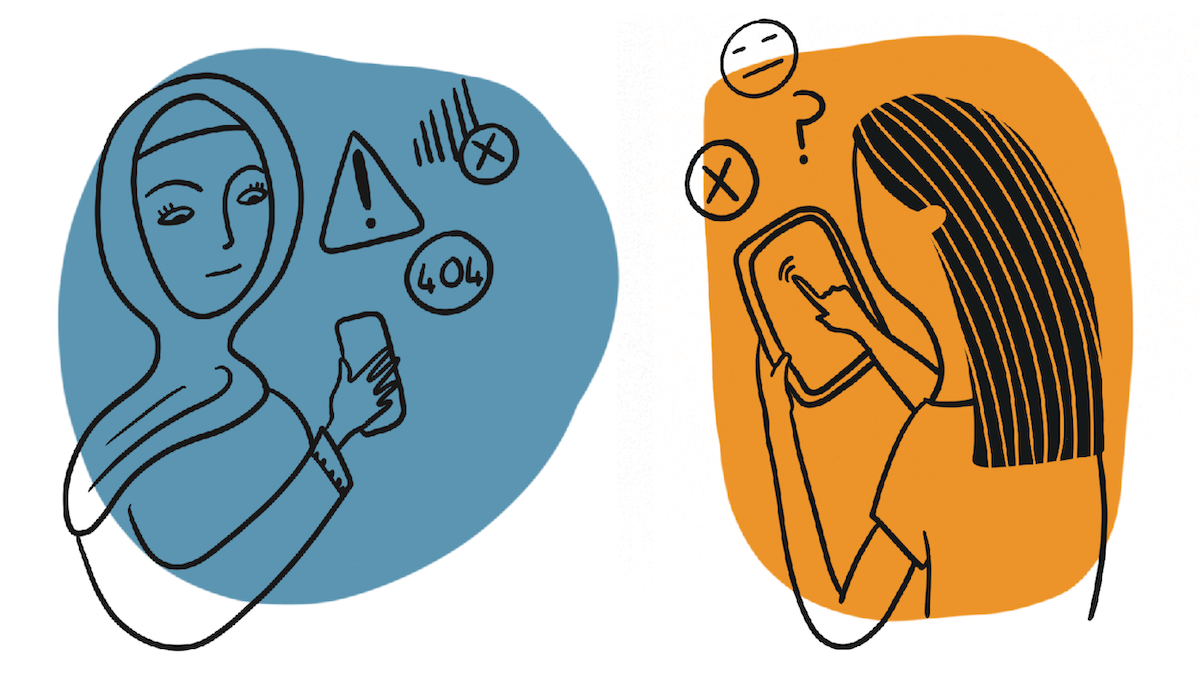The Indian market is listed second largest amongst the active mobile subscriptions followed by the African continent, however, the recent report put forth by the Internet and Mobile Association of India (IAMAI) reveals a stark digital divide among Indian men and women. India’s digital divide refers to the gap between those who have access to digital technologies such as the internet, smartphones, and computers and those who do not. This divide is mainly seen in rural areas and low-income urban communities, where the availability of digital infrastructure is limited. The report by the IAMAI is a comprehensive analysis of the digital landscape in India.
The report highlighted the following points:
- Internet Penetration: As of 2020, only 34% of India’s population had access to the internet. However, there is a significant increase from 2015 when only 26% of the population had access to the internet.
- Rural-Urban Divide: The report highlights the significant divide in internet penetration between rural and urban areas. While 56% of urban India has access to the internet, only 29% of rural India has access to the internet.
- Gender Divide: The report also highlights the gender divide in internet penetration, with only 26% of women having access to the internet compared to 42% of men.
- Age Divide: The report shows that the younger generation (ages 12-29) is more likely to have access to the internet than older age groups.
- Internet Usage: The report also provides insights into internet usage patterns, with social media being the most popular online activity, followed by entertainment and messaging.
- Mobile Penetration– The report reveals that mobile devices are the most popular devices used to access the internet in India, with 77% of internet users accessing the internet through their mobile phones.
- E-commerce: The report highlights the growth of e-commerce in India, with the e-commerce market expected to reach $200 billion by 2007.
The complete lockdowns that came with Covid-19 drove people towards the digital marketplace. 2020 saw a global digital surge of five years in just two months. India has targeted to reach a US$1 trillion digital economy by the year 2025, five times its US $200 million economy in 2017-2018. The COVID-19 era resulted in a 500% increase in online shopping and in telehealth consultations where India saw its payment transactions hitting the 100 million mark per day. This summing up of data amplified another issue – The gendered digital divide.
It was observed that 15% of Indian women were less likely to own a personal phone and about 33% were less likely to use mobile internet services when compared to men. According to a study about 25% of the total female adult population owned a smartphone while it was 41% when taken the case of adult men. When compared to the statistics globally, South Asia tops the list to have the widest mobile gender gaps.
Moreover, when narrowed down within Asia pacific, India is observed to have the most expansive gender gap in terms of internet usage in recent years where only 15% per cent of women are accessing internet versus the 25% of men, thus resulting in a gender gap of 40.4. The highest among the other Asian countries are Pakistan – 39.4, Indonesia – 11.1, and China- 2.3.

This current scenario of extreme digital gender divide can be blamed upon a few factors as highlighted by the report
1. The rural-urban divide
The gender divide in digital access is more significant in rural areas than in urban spaces, where the rural broadband penetration is observed only to be about 29% when put against the national average of 51%. The report highlights that the gender divide in digital access has worsened in recent years. In context to the 2015 study, 29% of women had access to the internet versus 33% of men. Thus clearly resulting in an increase in the gender gap in digital access by 3% over the last five years.
Women across the states in rural areas are less likely to own a personal phone where statistics show that 17% of women have access to the internet compared to 25% of men. The rural-urban divide is the narrowest in Kerala, Goa and in the Northeastern states and is observed to be the widest in Gujarat, West Bengal, Andhra Pradesh, Maharashtra and Telangana. When taken the case of urban spaces, the digital gender divide is at a slightly lower percentage with 33% of women having access to the internet when compared to 43% of men.

2. Income-based digital divide in households
Women in lower-income households are seen to have less access to the internet and lack digital knowledge as well. The average price for data was studied to be $0.68 per GB in India, when put against the monthly income of the low-income household (i.e. earning less than 2 dollars per month) this takes up about 3% of their resources however when put against the backdrop of middle-income households (i.e. households with $10-$20 each day) the cost to access the internet data will only take up 0.2% of their resources.

3. India’s patriarchal culture and intra-house discrimination
India’s culture is quite patriarchal in nature and the degree of discrimination and oppression intensifies as we move from urban areas into rural spaces. This overrule of agency often prevents them from having personal access to the internet in the domestic sphere, and when they do it is often governed by the male figures in the family. Access to the internet and unsupervised use of mobile phones pre-marriage is often perceived as a risk to the women’s ‘reputation’ and when taken the case post marriage the use of phones and access to the internet is often seen as disruptions to their duties in the households. Women in public often refrain from having conversations on their phones in the public domain fearing judgement. Thus resulting in widening the gender-based digital divide.

Thus in this social stature post-COVID-19, it was observed that women were largely lagging behind or rather excluded from this rapidly growing digital economy, especially in areas like skill training, online schooling, employment opportunities and entrepreneurship. Digital unfamiliarity and illiteracy hindered the process of women entrepreneurs shifting to the online marketplace post-COVID-19. The gender divides in terms of digital access have a significant impact on women’s empowerment and their overall economic development.
Also Read: Post-Pandemic Ascend In Gender Divide In Digital India
With digital literacy comes the possibility to reduce gender disparities in India, however, without agency or access to the digital world, Indian women are more likely to continue to lag behind in these areas. The worsening gender disparity in India addressing this divide requires constant efforts to increase digital literacy, challenge social norms and improve the overall digital infrastructure. Bridging the gender divide in digital access is important to promote and ensure women’s empowerment and economic development in India.
About the author(s)
Elizabeth has completed her Master's in English at Manipal University. She loves to write and is hopeful about bringing a change through her writings and when exhausted by it she often indulges in films, music and tv shows.





